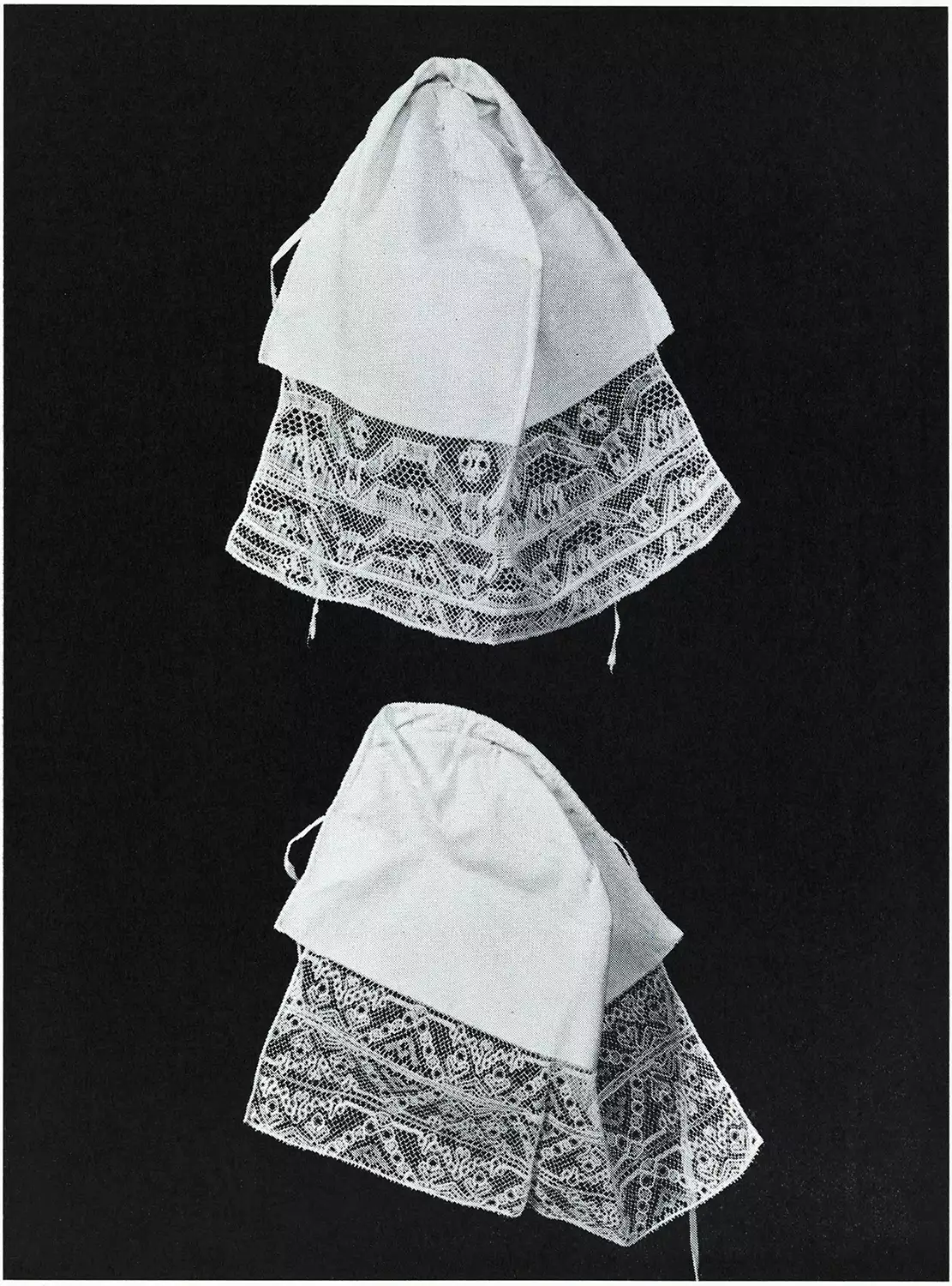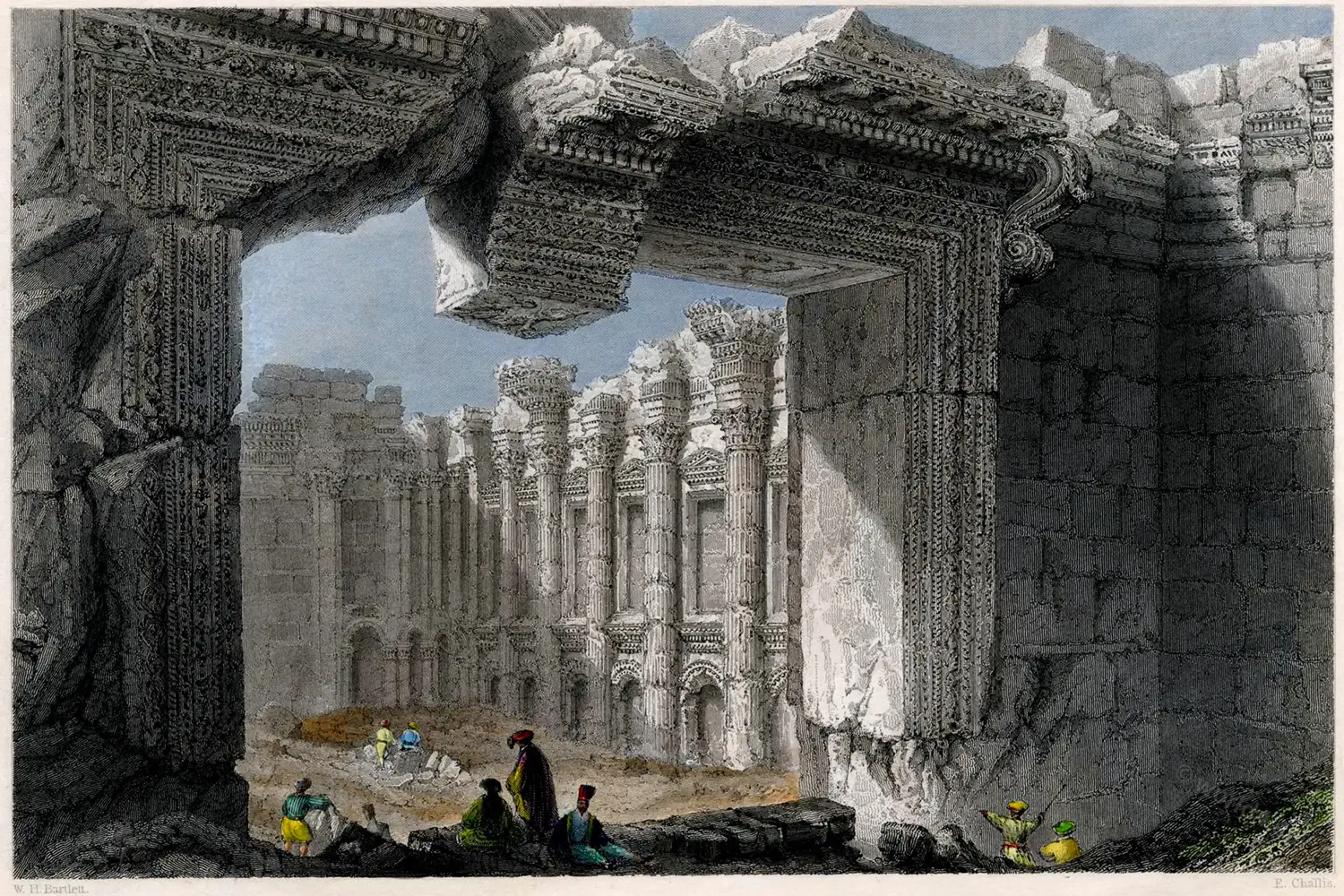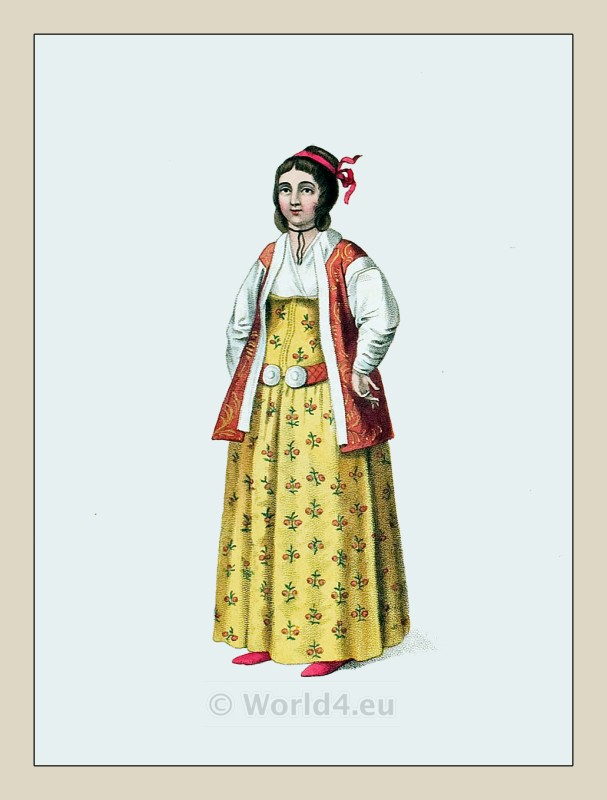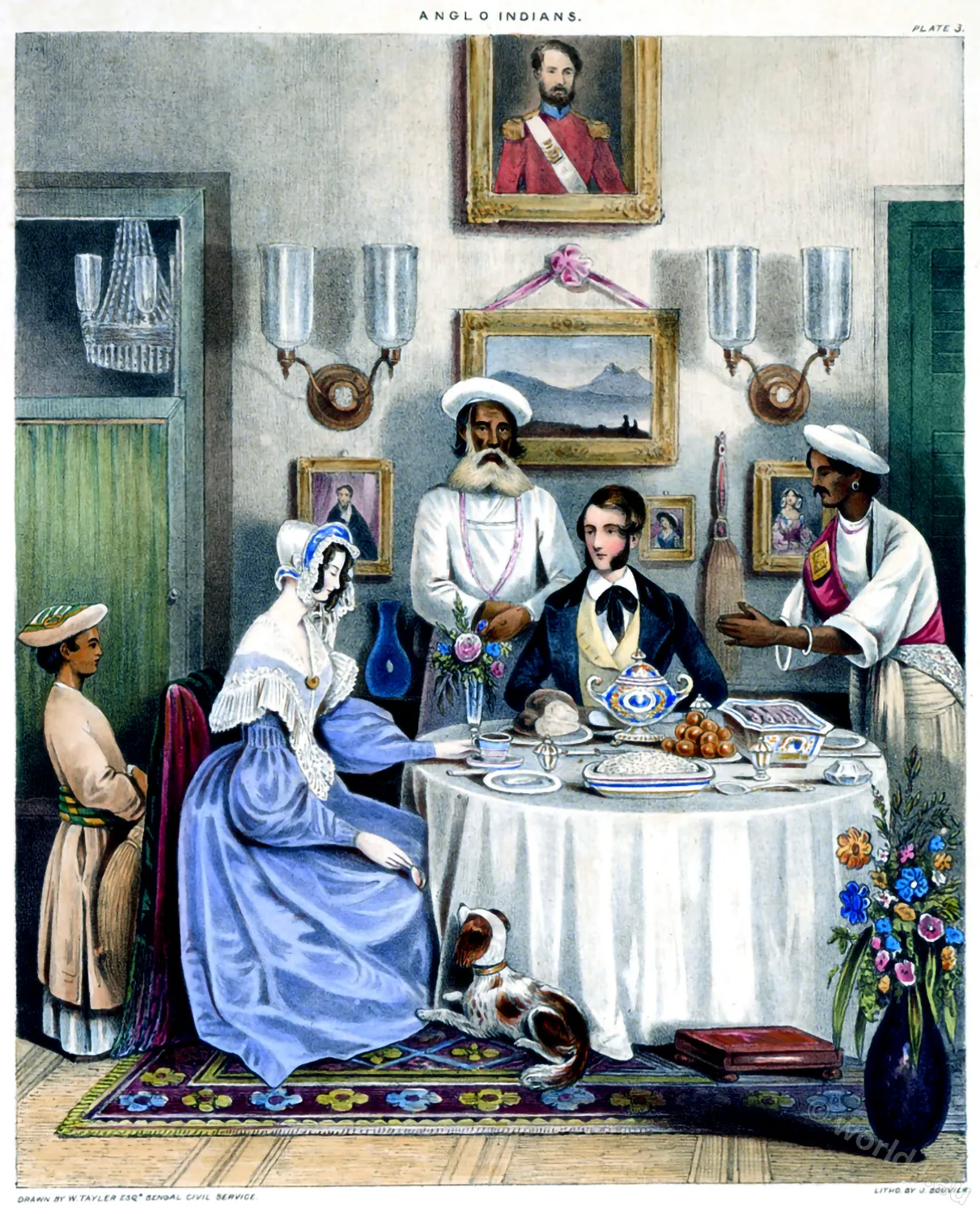
SWEDEN. THE WOODHOUSE. COUNTRY LIFE.
The Ryggastuga.
THE INTERIOR OF THE DWELLINGS. THE FARMER’S WOODEN TOOLS.
The room shown belongs to a house with a rafter roof, the so-called Ryggastuga, an old type of dwelling still encountered in several provinces. The example shown comes from the Halmstad and Arstad district in Halland.
The Norwegian-Swedish farmhouse is usually built of spruce wood, which increases in hardness from year to year and finally resists the sharpest axe. Several such buildings form a gaard, a Swedish farm. The family’s bedroom, the workers’ bedroom, the pantry, the tool shed, the stable, the granary, the oven, everything is housed in certain spaces in special buildings for the sake of fire safety.
The individual gaards are often separated by miles. This isolation has always forced the rural dweller to make almost all utensils himself, a circumstance that has led to the preservation of forms and ornamentation for centuries.
The room in our illustration belongs to such a house made of rough or hewn spruce logs connected by wooden stakes. The spaces in between are plugged with a mixture of moss and clay. The roof is made of light carpentry, covered with birch bark.
A thick, fresh lawn is kept above it to reduce the risk of fire. The whole house usually contains only two rooms, a kind of vestibule with an entrance no more than a foot high and a large room that also serves as a sleeping chamber, kitchen and common meeting place. The only skylight faces south.
A bed is only available for the head of the family and the housewife, all others sleep on benches covered with straw and sheepskins.
The outside of the house is usually painted a reddish colour. The interior decoration is the housewife’s linen fabrics attached to the wall and ceiling, which her husband paints with watercolours. The motifs of these paintings are taken from the Bible (birth of Christ, Noah and the ark, Abraham’s sacrifice), but there are also genre scenes, which often take on the character of caricatures. The floor is strewn with spruce branches, and in summer with flowers.
The furniture is the simplest imaginable. In our illustration, it consists of the bedstead, a wall clock, a secretary-like cupboard, a pleasingly carved table with drawer, on which a three-legged chandelier, a butter churn and other utensils are noteworthy, a bench, a wood-carved, iron-bound drawer for the wardrobe and an oval hat and bonnet box of painted wood standing on it.
In the gable of the roof and on the side of the bed drawer there are wall boards decorated with painted bowls, clay chandeliers, etc. The wooden utensils shown on the upper panel are exclusively rural work.
The wooden utensils depicted on the upper part of our panel are exclusively rural work.
No. 1. double spoon, made for the newlyweds on their wedding day. 0.20 m long.
No. 2. coffee pot made of carved and painted wood. Norwegian. 0,35 m high.
Nos. 3 and 12. Wooden spoons from the province of Herjeadale (Härjedalen) in northern Sweden. 15 and 13 cm long.
No. 4. beer mug made of carved and painted wood. Norwegian. 0.20 m high.
No. 5. spoon with engraved and painted handle. 0,10 m long.
No. 6 and 7. Vexier cups. The vessels united in groups of two or three are connected by small holes.
No. 8. triple conical spoon with openwork and painted handle. Dalecarlia (Dalarna, Swedish landskap). 0.25 m long.
No. 9. Double spoon of the same type, carved from wood. 0.17 m long.
No. 10. Oval wooden box carved and painted. Norwegian. 0.20 m in diameter.
No. 11. Beer bowl of aussan and inside painted wood in the shape of a ship with a cock’s head as the front part. On the white rim a bible verse. Norwegian. 0,30 m long.
Nos. 12, 13 a. 16. Butter dishes with linear ornaments in the taste of the Laplanders. Norwegian. 0.30 m high.
No. 14. Double spoon with perforated handle and movable rings. The inside engraved. 0.18 m long.
No. 15. Soup spoon. 0.30 m long.
Interiors and household effects belonged to the Swedish section of the Paris Exhibition of 1878. They come from the Scandinavian Museum in Stockholm.
Source: History of Costume in Chronological Development by Albert Charles Auguste Racinet. Edited by Adolf Rosenberg. Berlin 1888.






